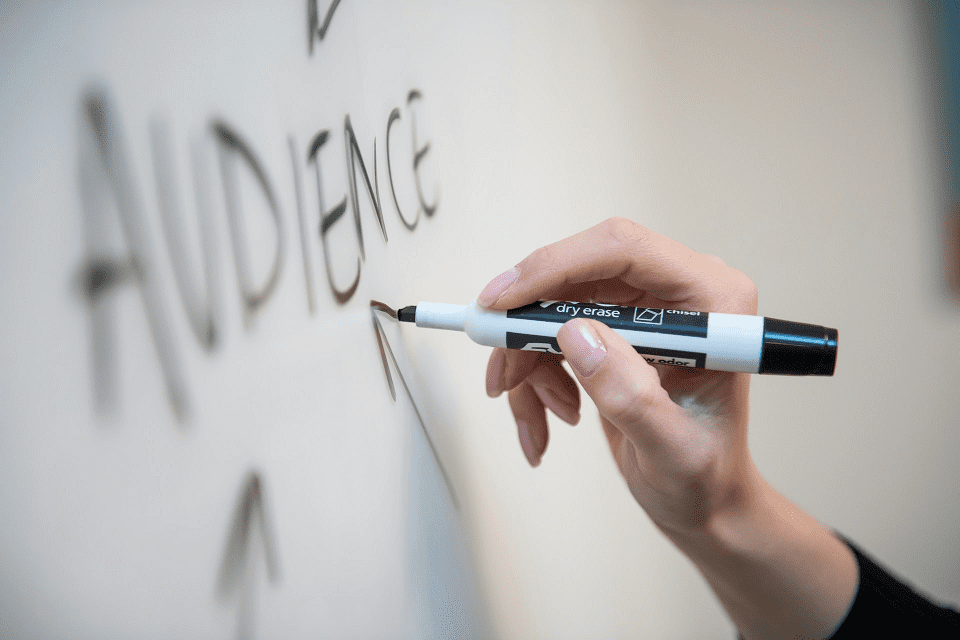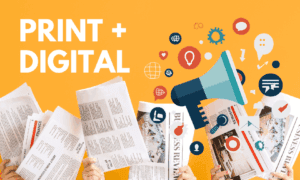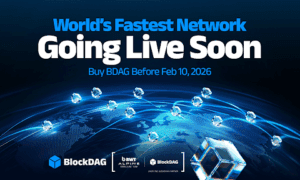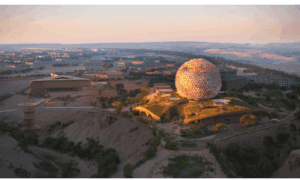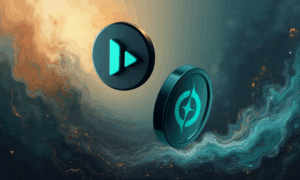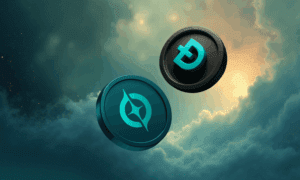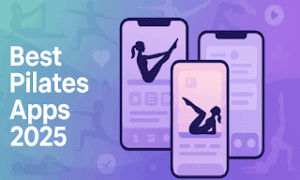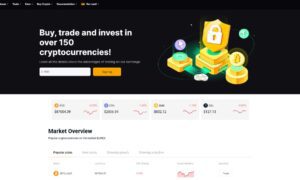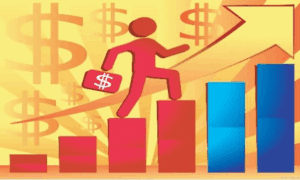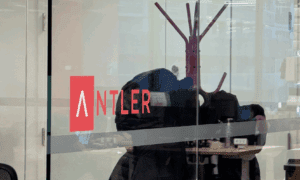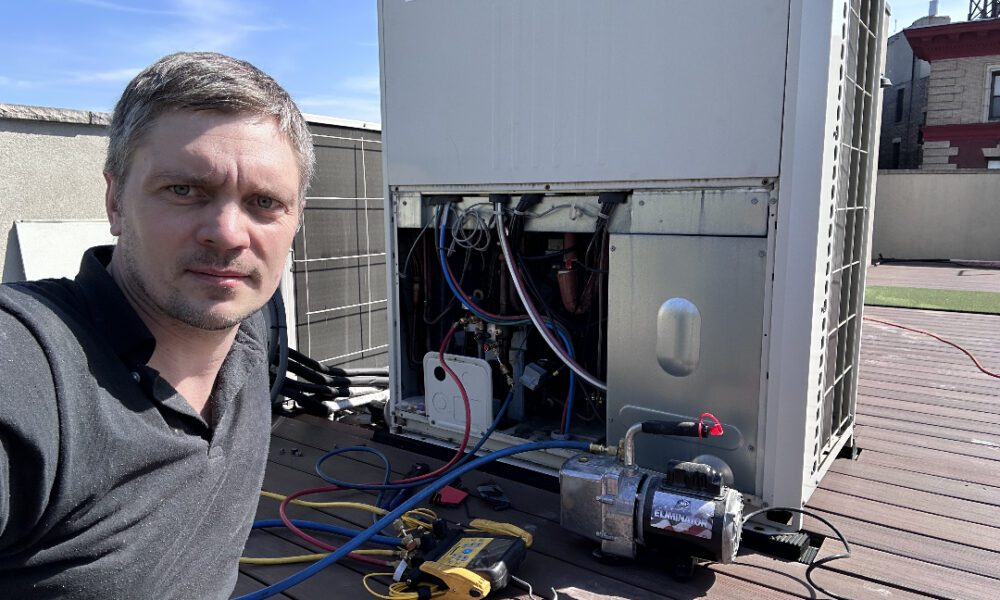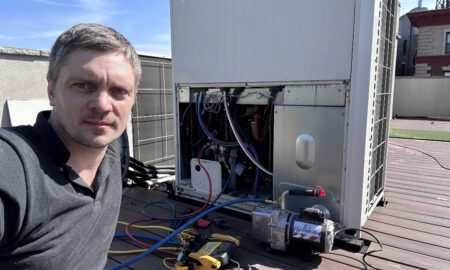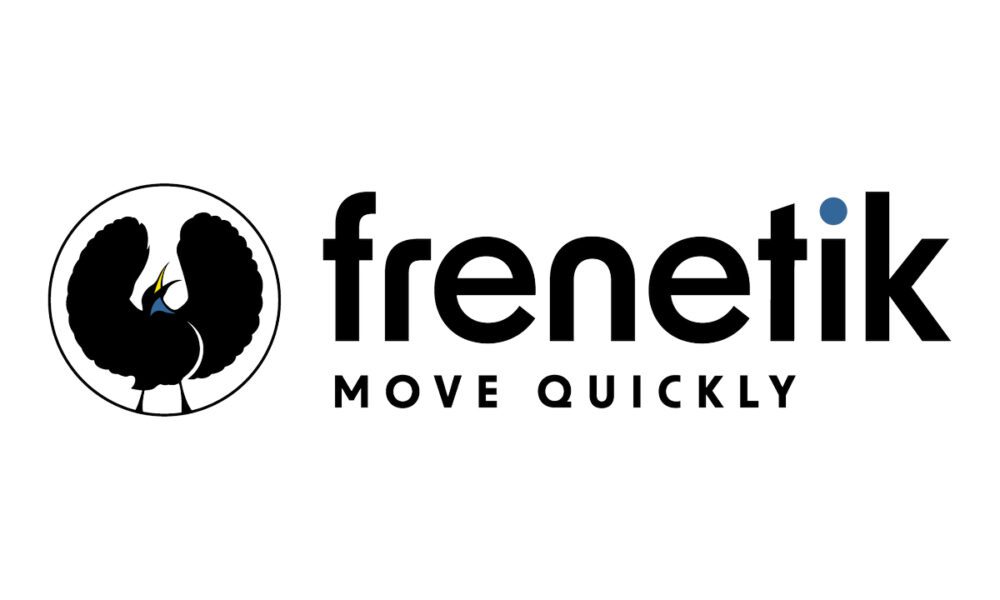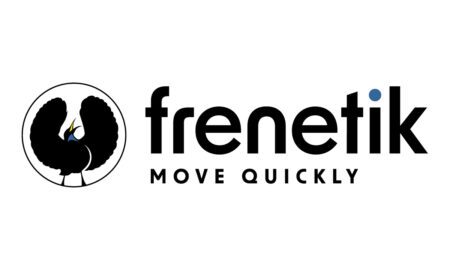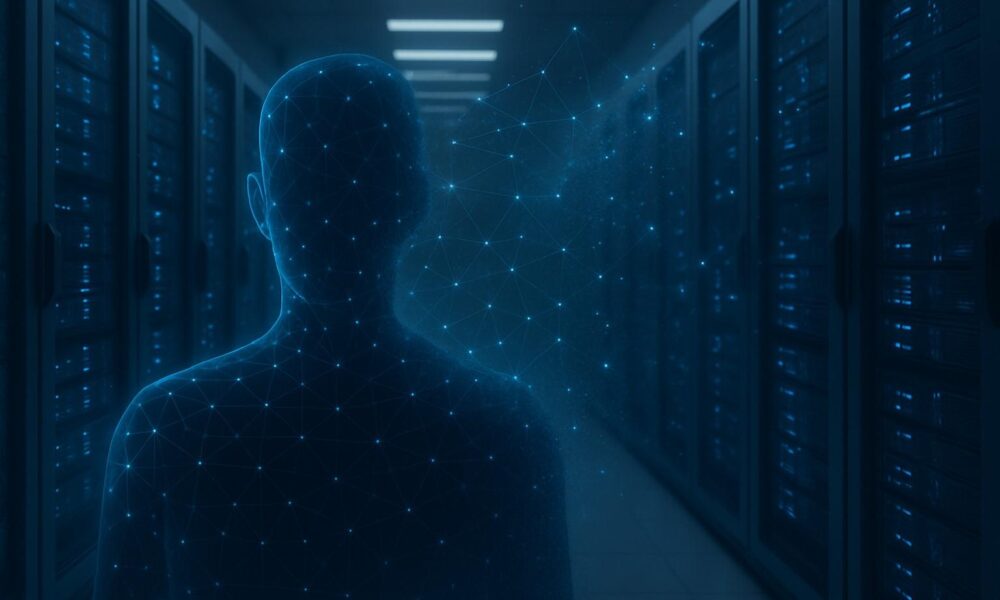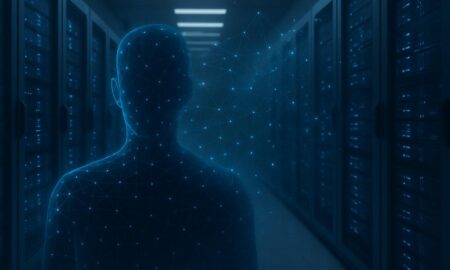In today’s crowded marketplace, the brands that win are the ones that create memorable experiences. Consumers are tired of being passively advertised to; they want to interact, to play, and to be a part of a story. This is the power of experiential marketing—the art of building a genuine, real-world connection between a brand and its audience.
The key to amplifying these real-world moments and connecting them to the digital conversation is a smart and creative use of technology. An experiential marketing campaign is all about finding that perfect blend of the physical and the digital. But you don’t need a multi-million dollar budget or a team of engineers to do it. Some of the most effective and engaging ideas are surprisingly simple to implement.
If you’re looking to take your live events, pop-up shops, or trade show booths to the next level, here are five simple ideas for weaving in technology.
1- The Upgraded Photo Booth
The classic photo booth is always a hit, but you can elevate it into a powerful social media engine with a few simple tech upgrades. Instead of a simple photo strip, use a touchscreenkiosk that allows attendees to create more dynamic content.
Consider a booth that can create:
The most important feature is an instant “share” function. The kiosk should allow users to email or text the content to themselves immediately, with a pre-written caption that includes your event hashtag, making it incredibly easy for them to share their fun moment on their own social channels.
2- The QR Code Scavenger Hunt
This is a fantastic and low-cost way to gamify your event and encourage attendees to explore your entire space. A scavenger hunt turns your audience from passive observers into active participants.
Here’s how it works: place several QR codes in different locations throughout your event. When a guest scans a code with their phone, it could reveal a fun fact, a trivia question, or a clue that leads them to the next code. The first person or team to scan all the codes and solve the final puzzle wins a prize. This simple use of gamification is an effective tool for increasing engagement and time spent with your brand.
3- The Live Social Media Wall
A social wall is one of the easiest and most effective ways to merge your live event with the online conversation. It’s a large screen or a projected display that shows a live, curated feed of all the social media posts that use your specific event hashtag.
This creates a powerful incentive for your attendees to post on Instagram and X (formerly Twitter). People love to see their own name and photo up on the big screen. It turns your audience into your content creators, instantly generating a huge amount of online buzz and social proof for your event. It also creates a dynamic and ever-changing visual centerpiece for your space.
4- The “Silent Disco” for Content Delivery
The “silent disco” technology, where attendees wear wireless headphones to listen to music, can be cleverly adapted for more than just a dance party. It’s a brilliant tool for delivering multiple streams of audio content in a single, crowded space without creating a cacophony of noise.
Imagine you’re at a trade show. You could offer headphones with three different channels:
This allows you to deliver targeted, detailed information to your most engaged visitors without disturbing the more casual browsers.
5- A Simple Projection Mapping
Projection mapping, the art of projecting images onto three-dimensional surfaces, might sound incredibly complex, but it can be done on a small and simple scale to create a huge “wow” factor. You don’t need to map an entire building. A small, simple projector can be used to cast an animated version of your logo or a subtle, moving pattern onto a blank wall, a sculpture, or even the side of a large cake at your event. It’s a surprisingly accessible way to add a dynamic, high-tech, and highly “Instagrammable” visual element to your space.
Technology in experiential marketing isn’t about being complicated; it’s about being clever. By using these simple tools, you can create a more interactive, engaging, and memorable experience that builds a lasting connection with your audience.

